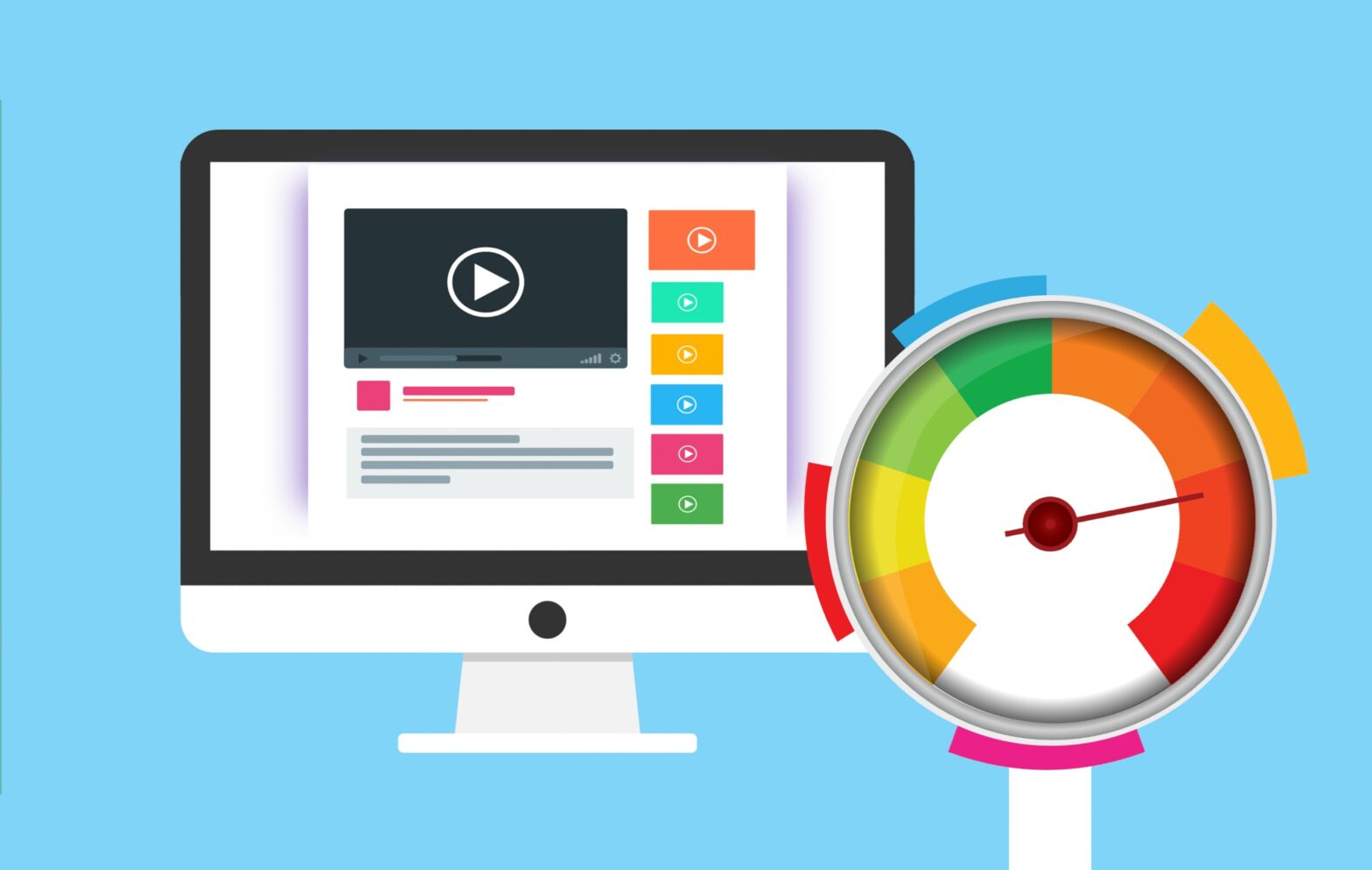Optimise WordPress Websites for Performance
By Sean Lang

In today’s digital age, website speed and performance are crucial factors that can make or break your online success. Research shows that visitors expect a website to load in just a few seconds, and any delay can result in higher bounce rates and decreased conversions. Fortunately, with WordPress, there are numerous strategies and techniques you can implement to optimize your website for speed and performance. In this comprehensive guide, we’ll explore everything you need to know to ensure your WordPress site is running at peak efficiency.
Understanding the Importance of Speed and Performance
Before we dive into the nitty-gritty of optimisation techniques, let’s take a moment to understand why speed and performance matter. Here are some key reasons:
- User Experience: A fast-loading website provides a better user experience, leading to higher engagement and lower bounce rates. Visitors are more likely to stay on your site and explore its content if they don’t have to wait for pages to load.
- Search Engine Rankings: Search engines like Google consider website speed as a ranking factor. Faster websites are more likely to rank higher in search engine results pages (SERPs), resulting in increased visibility and organic traffic.
- Conversion Rates: Studies have shown that faster websites have higher conversion rates. Whether you’re selling products, generating leads, or encouraging sign-ups, a speed-optimised website can significantly improve your conversion metrics.
Now that we understand why speed and performance are important let’s explore how to optimise your WordPress website effectively.
1. Choose a Lightweight Theme
The theme you choose plays a significant role in determining your website’s speed and performance. Opt for a lightweight and well-coded theme that prioritises speed. Avoid themes with excessive features and unnecessary bloat, as they can slow down your site.
2. Use a Reliable Hosting Provider
Your hosting provider has a direct impact on your website’s speed and performance. Choose a reliable hosting provider that offers optimised servers and fast loading times. Consider options like managed WordPress hosting or cloud hosting for improved performance. I highly recommend Cloudways.
3. Optimise Images
Large image files can significantly slow down your website. Optimise your images before uploading them to WordPress by compressing them without sacrificing quality. Additionally, use lazy loading to defer the loading of off-screen images, reducing initial load times.
4. Implement Caching
Caching can dramatically improve your website’s speed by storing static versions of your site’s pages and serving them to users instead of generating content dynamically. Use a caching plugin like W3 Total Cache or WP Super Cache to implement caching on your WordPress site.
5. Minify CSS and JavaScript
Minifying your CSS and JavaScript files removes unnecessary whitespace and comments, reducing file sizes and improving load times. Use plugins like Autoptimize or WP Rocket to automatically minify and concatenate your site’s CSS and JavaScript files.
6. Enable GZIP Compression
GZIP compression reduces the size of your website’s files before they’re sent to the user’s browser, resulting in faster loading times. Most modern web servers and browsers support GZIP compression, so enable it through your hosting provider or using a plugin.
7. Reduce Server Response Time
A slow server response time can significantly impact your website’s speed. To improve server response time, optimize your database, use a content delivery network (CDN), and consider upgrading your hosting plan for better performance.
8. Limit HTTP Requests
Each element on your web page, including images, scripts, and stylesheets, requires an HTTP request to load. Minimise the number of HTTP requests by combining CSS and JavaScript files, using CSS sprites for images, and reducing unnecessary elements on your pages.
9. Optimise Database
Regularly optimise your WordPress database to remove unnecessary data and improve performance. Use plugins like WP-Optimise or WP-Sweep to clean up your database, remove spam comments, revisions, and transient data.
10. Monitor Performance Regularly
Finally, monitor your website’s performance regularly using tools like Google PageSpeed Insights, GTmetrix, or Pingdom. These tools provide valuable insights into your site’s speed and performance metrics, allowing you to identify areas for improvement and track progress over time.
Conclusion
Optimising your WordPress website for speed and performance is essential for providing a seamless user experience, improving search engine rankings, and maximising conversions. By following the strategies outlined in this guide, you can ensure that your site loads quickly and efficiently, keeping visitors engaged and satisfied. Remember to regularly monitor your site’s performance and make adjustments as needed to maintain optimal speed and performance. With dedication and attention to detail, you can create a lightning-fast WordPress website that stands out from the competition.
Contact me today if you need support to improve your websites performance.





